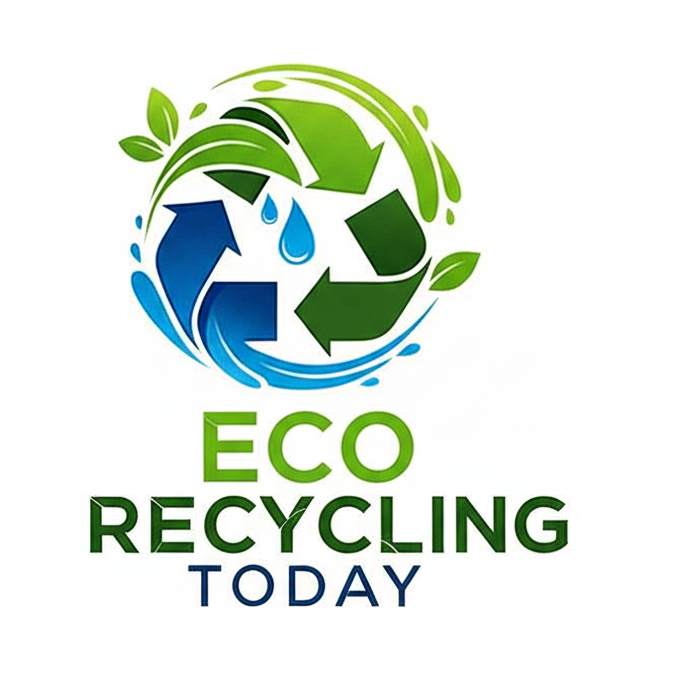Recycling is more important than ever, and using the right recycling equipment can make a huge difference in efficiency, cost savings, and environmental impact. Whether you’re a business owner, a facility manager, or simply someone passionate about sustainability, investing in the right tools can transform your recycling program.
Recycling equipment streamlines waste management processes, making it easier to repurpose materials and reduce landfill waste. With rising environmental concerns and strict regulations, efficient recycling systems are no longer optional—they're necessary.
Types of Recycling Equipment
Different materials require different types of equipment. Here’s an overview of the most common recycling machines:
1. Balers
- Purpose: Compress materials like cardboard, paper, plastics, and metals into compact bales for easier handling and transport.
- Common Uses: Retail stores, warehouses, and manufacturing plants.
2. Shredders
- Purpose: Cut materials into smaller pieces for easier recycling or disposal.
- Materials Processed: Paper, plastic, metal, tires, wood, and e-waste.
- Common Uses: Document destruction, preparing materials for further processing.
3. Pelletizers
- Purpose: Break down plastic materials into pellets for reuse in manufacturing.
- Common Uses: Plastic recycling plants.
4. Sorting Machines
- Purpose: Separate recyclables by type, size, or material using manual, mechanical, or AI-powered systems.
- Common Uses: Large-scale recycling facilities.
5. Crushers
- Purpose: Crush materials like glass, concrete, and metals into smaller, manageable pieces.
- Common Uses: Construction and demolition waste recycling.
6. Compactors
- Purpose: Compress general waste or recyclables to reduce their volume for storage or transport.
- Common Uses: Commercial and industrial waste management.
7. E-Waste Recycling Machines
- Purpose: Dismantle and recycle electronics such as computers, smartphones, batteries, and appliances.
- Common Uses: Specialized e-waste recycling centers.
8. Conveyor Systems
- Purpose: Transport materials between different stages of the recycling process.
- Common Uses: Medium to large-scale recycling operations.
9. Washing Systems
- Purpose: Clean recyclables like plastic and glass before processing.
- Common Uses: Plastic and glass recycling facilities.
10. Pyrolysis and Thermal Recycling Machines
- Purpose: Convert organic waste, such as rubber and plastic, into usable fuels and energy.
- Common Uses: Waste-to-energy plants.
11. Organic Waste Composting Machines
- Purpose: Turn organic waste like food scraps and garden waste into compost or fertilizer.
- Common Uses: Agricultural operations, municipalities, and homes.
How to Choose the Right Recycling Equipment
Selecting the right equipment depends on your specific needs. Follow these steps to make an informed decision:
Identify Your Materials
Are you recycling paper, metal, glass, plastic, or electronic waste? Each material has different handling requirements.
Assess Your Volume
Determine the amount of waste generated to choose equipment with the right capacity.
Space Availability
Consider your workspace and ensure the equipment fits comfortably.
Automation Level
Decide between manual, semi-automated, or fully automated systems based on your resources and labor availability.
Benefits of Using Recycling Equipment
Improved Efficiency
Automate tedious tasks like sorting, shredding, and compacting to save time.
Environmental Responsibility
Demonstrate your commitment to sustainability by reducing your landfill contributions.
Revenue Generation
Turn waste into profit by selling recyclable materials to processing facilities.
Trends in Recycling Equipment
The recycling industry is constantly evolving with new technologies. Here are some key trends to watch:
AI-Powered Sorting Systems
Artificial intelligence is revolutionizing sorting accuracy, helping to separate complex materials with minimal human intervention.
Mobile Recycling Units
Portable systems for on-site recycling are becoming popular for events and construction sites.
Energy-Efficient Equipment
Machines designed to minimize energy consumption are increasingly in demand.
Maintenance Tips for Recycling Equipment
- Regular Inspections: Check for wear and tear to prevent breakdowns.
- Proper Training: Train staff to use equipment safely and efficiently.
- Scheduled Servicing: Follow the manufacturer’s maintenance schedule for optimal performance.
- Clean Equipment: Keep machines free of debris to avoid blockages and damage.
Recycling equipment is a game-changer for businesses and organizations aiming to improve their waste management practices. By investing in the right tools and staying informed about industry trends, you can boost efficiency, save costs, and contribute to a greener planet.
If you need tailored recycling solutions, we can provide a wide range of high-quality, innovative equipment designed to support your sustainability goals. Each machine is engineered to match your material type, processing volume, and facility layout—ensuring efficient recycling and minimal waste. From shredders and balers to compactors and washers, our systems help streamline your waste management process, reduce environmental impact, and contribute to a circular economy while improving operational efficiency.
